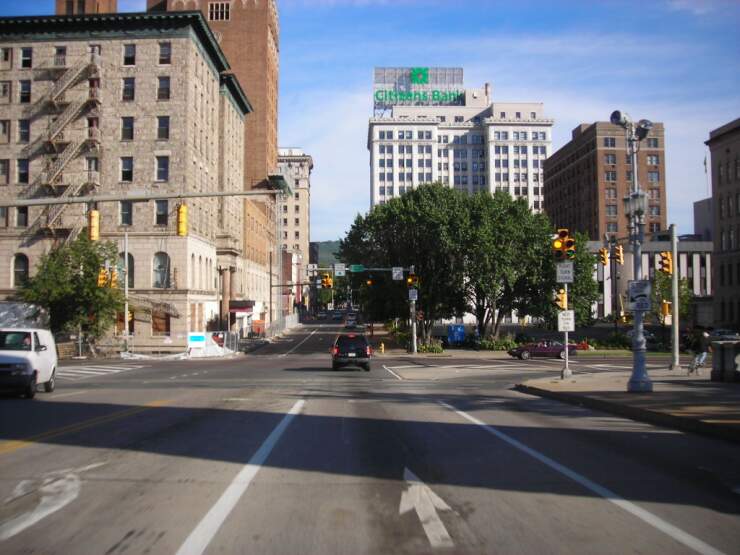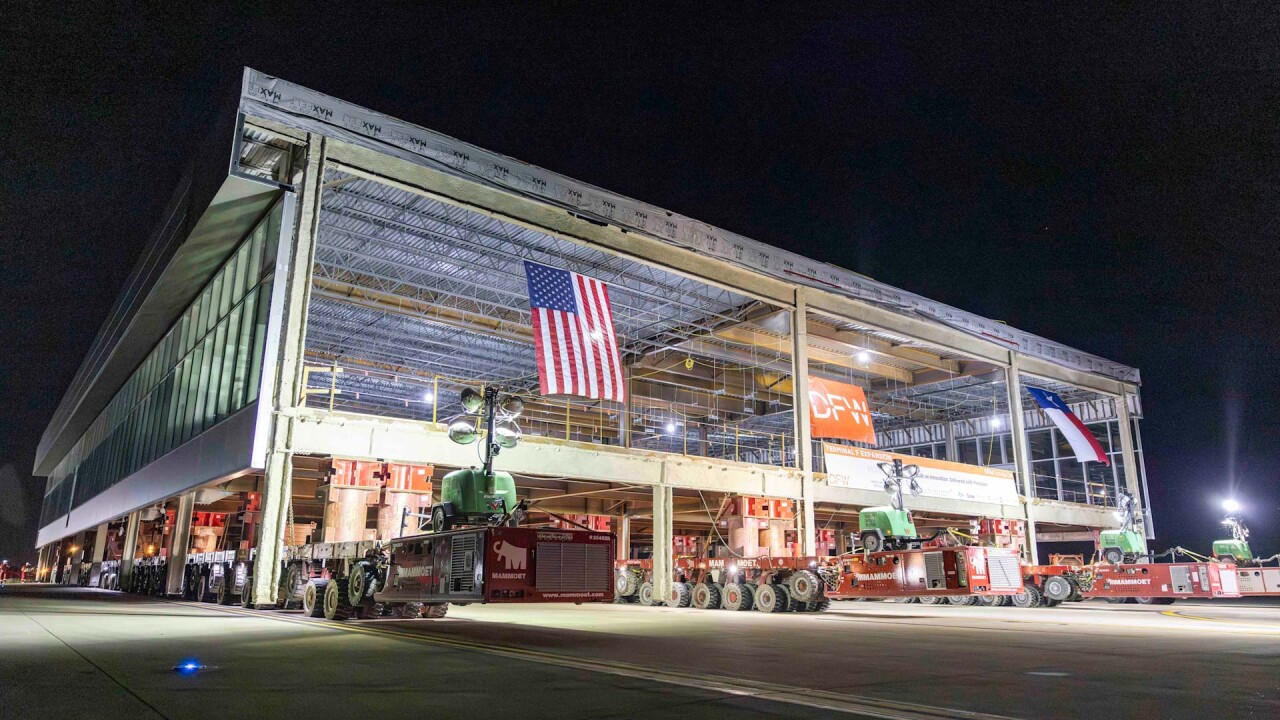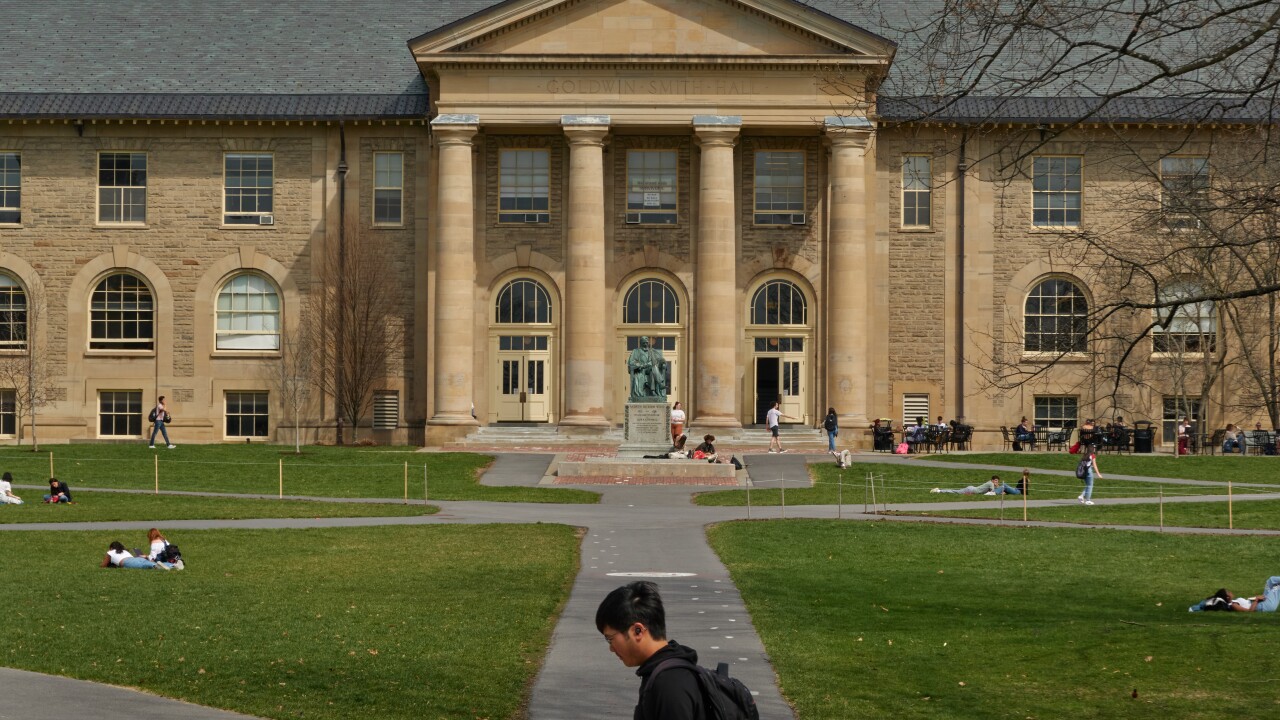WILKES-BARRE, Pa. -- When will the city get the money and when will the repairs start?
Those are the questions remaining now that city council has approved borrowing money to restructure the city's debt and pay for repairs to the crumbling Solomon Creek flood wall.
The best-case answers are late next month and early next year, city officials said Friday.
"Hopefully we will have the funds from the bond available by the end of June," city Administrator Ted Wampole said.

Wampole referred to a bond that city council approved Thursday night after months of debate over city finances.
Council authorized city officials to borrow up to $52 million to restructure the city's debt and to finance repairs to the flood wall that protects much of South Wilkes-Barre.
The flood wall repair project -- which city officials touted as urgent even before a section of the wall collapsed into the creek bed in December -- cannot proceed until the city has the funds to finance it.
Even after that it will take at least six months before physical work on the project can start, said Joyce Morrash Zaykowski, the city's capital projects program manager.
Plans to replace portions of the flood wall, built in the 1930s, started years ago, Zaykowski said. The project has been evolving since then, with revised conceptual plans and varied cost estimates, she said.
The project took on greater urgency last year, when portions of the wall appeared to be about to cave in. The collapse of a 40-foot section of the wall on Dec. 9 added to that urgency.
But urgent or not, construction on the project will not start this year. Months of design and planning remain before work can begin, Zaykowski said.
The first step will be for the engineering firm Borton-Lawson to compile an updated scope of work for the project, she said.
The city hired Borton-Lawson to draw up conceptual plans for a project to repair the flood wall years ago, Zaykowski said. The firm last year developed a concept for the project after the wall began to show signs of failure, she said.
Once the city has the funds in hand -- including $500,000 in grant funding it obtained earlier this year -- Borton-Lawson will continue its conceptual work, according to Zaykowski.
"Geotechnical data/results, which would be included in their engineering services, will give us a much better idea of the impacts and possibly even a better, more cost-effective conceptual design," she wrote in an email Friday.
The firm's work will include surveys, construction drawings, utility engineering, permitting and geotechnical services and coordination, she wrote.
That work will take about five to six months, Zaykowski said.
"Our hope is to have the actual design and construction drawings (scope of work) ready for bid by the end of the year," she wrote. "At which time, the project will be put out for bid. The contractor with the lowest responsible bid will be awarded the project."
If all goes well, construction will begin as soon as winter weather breaks in early 2018, Zaykowski said.
It is not yet clear exactly how much the project will cost.
The ordinance council approved authorizes $4.4 million in borrowing to pay for the flood wall repairs.
Earlier this year, the city administration estimated the cost at $5.5 million.
Zaykowski noted that all the city and its consultants have to work with for now are estimates and preliminary design work. Once Borton-Lawson concludes its revised scope of work, the city will have a firmer grasp of the project's total cost, she said.
The revised, lower estimate also factors in the $500,000 in grant funding the city received, Zaykowski said.
Several variables could affect the final cost of the project and how it will be performed, she said.
After the wall collapsed, utility lines were exposed. The potential impact to the utilities will be a factor in the project design, Zaykowski said.
Also, the existing flood wall was built by the Works Progress Administration, a Depression-era public works agency, and is considered to be of historical value, she said.
Another unknown factor is the existing wall and how much of it will need to be replaced.
Current plans call for the replacement of about 600 feet of the wall, to be completed in two sections: one section from Brook and Waller streets to Barney Street; the other section from Barney Street to Regent Street.
Until the flood wall is repaired, city officials are checking it daily, and more often on rainy days, to ensure the safety of city residents, Zaykowski and Wampole said.
Zaykowski said she is confident the temporary measures -- including barriers and sandbags -- the city put in place at the site of December's collapse near Brook Street will hold up.
She is less confident the rest of the existing flood wall will hold up, she said, noting the wall is in such bad shape that the collapse of another section cannot be ruled out.
Despite the months of work to come before the flood wall repairs start, city officials are thinking positive now that they know the funds to finance the project are coming soon, Wampole said.
"The important thing is that we needed cash-flow relief that allows us to replace the flood wall," he said.





